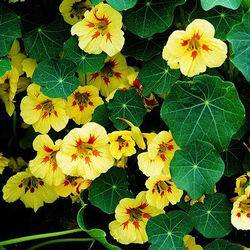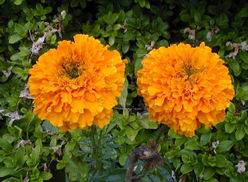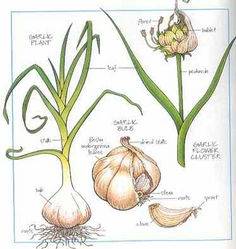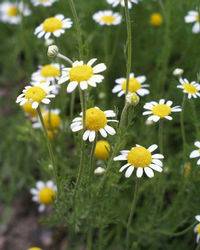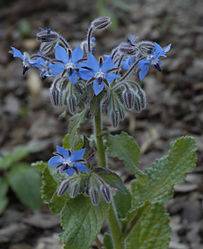Scay Beez
Active member
There are others trying the same thing over in this thread:
http://www.icmag.com/ic/showthread.php?t=70503&page=5
Best of luck. For others tuning in SM90 and Imidacloprid aren't organic. Sm90 does contain corriander and clove oil but it also has Triethanolamine.
- sbz
http://www.icmag.com/ic/showthread.php?t=70503&page=5
Best of luck. For others tuning in SM90 and Imidacloprid aren't organic. Sm90 does contain corriander and clove oil but it also has Triethanolamine.
- sbz




